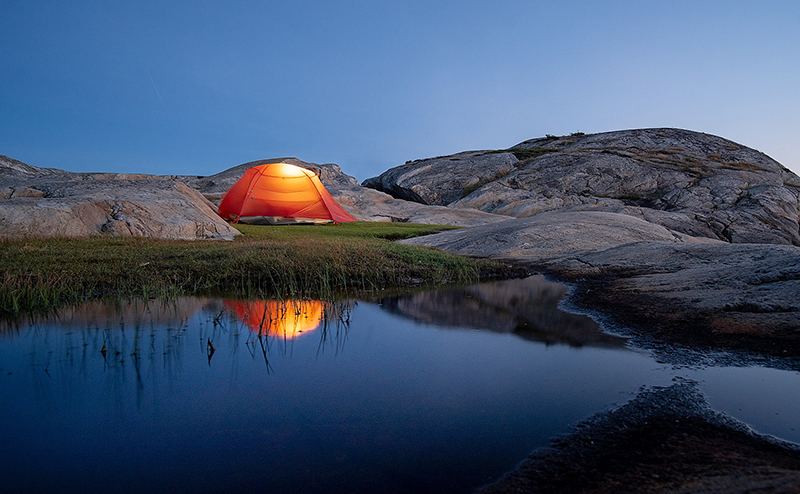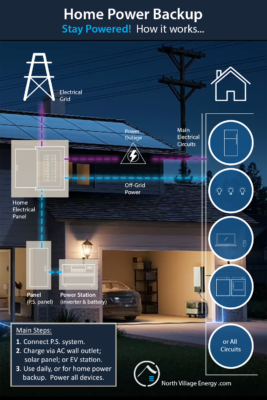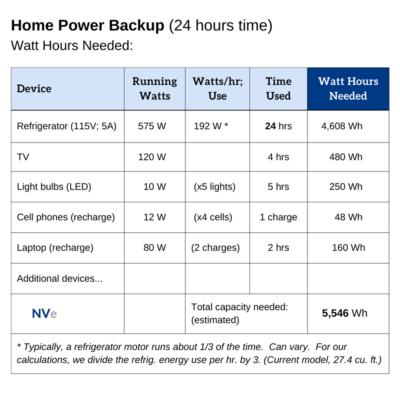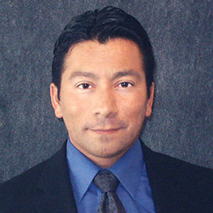How a Home Power Backup System Works
Home Power Backup
With a home power backup system, you can keep a home powered regardless if the local electrical grid is working. But how does a home power backup system work?
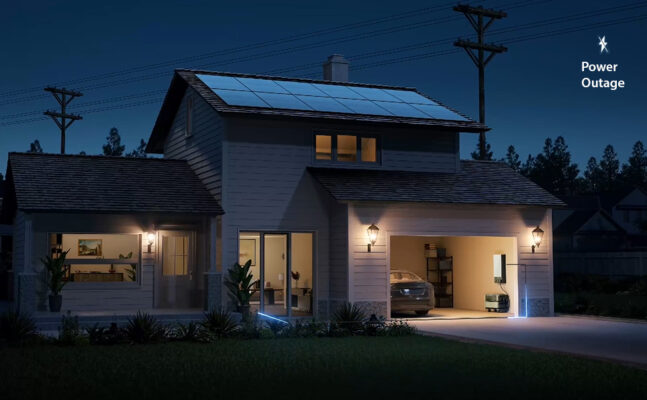
A power outage cuts off energy from a home. A power back system allows you to have energy on standby, to use while this normal grid power is out. This stored energy can be setup up to supply power to pre-selected outlets or all home outlets.
How long this backup power lasts will depend on the power storage capacity that has been setup. For more days of off-grid power supply, simply add more power station storage capacity (battery capacity). Incorporate solar panels to help recharge during the day.
(See Home Power Backup infographic below.)
Home Power Backup Energy Source
Electricity is typically delivered to a home by a local electrical grid.
Alternatively, an off-grid power system can be used to provide energy to a home. This type of system can be composed of a just a portable power station, or a power station with solar panels. A portable power station (electric) is a system that does not require fuel to operate, but rather stores energy to later be used to power your electrical devices directly or power your whole home. Power stations can be charged by multiple methods, including an AC wall outlet; solar panels, EV charging station, and more.
Home Power Backup Setup
There are high quality home power station options available. The EcoFlow Delta Pro Ultra is a power station system designed for home power backup, for small or larger energy needs.
Items needed:
- Portable Power Station
- Power Station home sub panel (optional)
Devices that can be powered:
What can be charged with a home power station? About 99% of all home devices and appliances can be charged with a home power station.
- Refrigerator
- Lights
- Laptop, desktop computers
- Cell phones
- Washer & dryer
- Medical equipment
- Security system
- TV
- Kitchen appliances
- Air conditioner
- Work tools
- Outdoor equipment
- and more…
Main steps:
- Connect Power Station system
- Charge (via AC, Solar, EV station)
- Use daily; or for home power backup
Step 1 – Connect Power Station
A. Methods to Access Power Station Energy:
There are 2 primary ways to access your power stations energy; and this will affect how the power station is connected.
The 1st method is direct use. Here you simply plug your devices directly into the power station. The Inverter portion of the power station will electrical outlets available on the unit itself. They can be moved around to wherever is most convenient, and used from there. Once the grid-power comes back on, the power station can be recharged. Or, the power station can automatically be recharged via solar panels.
The 2nd method of accessing the stored energy is by home integration. Here, in the event of a power failure, pre-selected electrical circuits in the house would automatically be switched over to the power station energy; and thus, remain ‘on’. Additionally, the whole house can be setup to be powered (every circuit) thru the power station.
B. Calculate Amount of Power Station Energy Needed:
One other key consideration to assess, prior to installing a new off-grid system, is to know roughly what your energy needs might be. Most systems are expandable, but knowing how much watt hours your home might need will help in the overall planning.
Watt hours is a way of measuring energy use. To calculate how much Watt hours (Wh) of energy you will need, or will want to have, you will need to calculate how much watt hours a device requires; and also for how many hours you would need this device powered. Figuring these numbers will give you a rough estimate of the watt hours you would need to start.
For example, if emergency home power is needed for 24 hrs, then 6,000Wh of energy capacity may be sufficient to get you thru a day; running or charging only essential items. (See Home Backup Power diagram example).
This sample energy-use chart can be a good starting point for evaluating your energy needs. If you have additional items that need to be powered during this 24-hour period, simply add those watts, multiplied by the hours of use needed.
You may also be interested in having power for everyday use, not just for emergencies. This is also possible. Simply add additional battery storage capacity and/or incorporate solar panels to your system. Most off-grid energy systems are easily expandable, so this helps in getting started more easily.
It is good to select a flexible system that can adapt to your energy needs for now and the future. The EcoFlow Delta Pro Ultra power station, used in our analysis, is a system designed specifically for home integration. The start kit, which includes a Delta Pro Ultra Inverter and a Delta Pro Ultra Battery, provides 6,000 Wh of energy storage, start capacity.
C. Connect Power Station System:
For home integration, you will need to connect the power station to your existing electrical system. The two parts of this consist of the power station and the power station sub-panel. The sub-panel is typically installed by your local electrician. While the power station simply gets plugged into the power station sub-panel (installed by your electrician).
Step 2 – Charge Power Station
Power stations can be charged by multiple methods. Typical methods include: AC wall outlet; solar panel; EV charging station; and more. For emergency power use only, the power station system can be charged by the normal house outlets (AC power). Then the system can sit ready, should the grid power go out. When the power does go out, the charged power station can automatically take over. For daily use, the power station can still be charged via a house wall outlet (perhaps at night when energy rates may be lower), but it may make sense to incorporate solar panels. Solar panels allow you to tap into the sun’s free energy.
Step 3 – Use Power Station
As mentioned previously, direct use or home integration are the two methods to access you power stations stored energy. For direct use, the unit can be moved around to be closer to the main appliances that need to be powered. Or the unit can be located in a location that is easily accessible for user to plug in cell phones, laptop, or other devices that need charging. For home integration, the stored energy is accessed thru your homes existing electrical outlets, which are connected to the existing home electrical panel; which is connected to the power station panel (sub-panel). These can be all the home outlets/circuits or just those you have pre-selected to be powered by the power station’s energy. Also, on many systems, they offer power management apps that allow you to monitor, schedule, and control how energy is distributed around the house.
Summary
Power outages used to be an event we just had to “deal with”. However, now with more technology available to us, there are good solutions to keep your home or devices powered, even during a grid power failure. Most systems designed for home power integration offer good options to expand capacity if needed, which is helpful when getting started. Additionally, these off-grid systems are not permanent fixtures to your home, rather they can be removed and taken with you should you move to a different home. There are many good options these days to help us – have energy when we need it.
